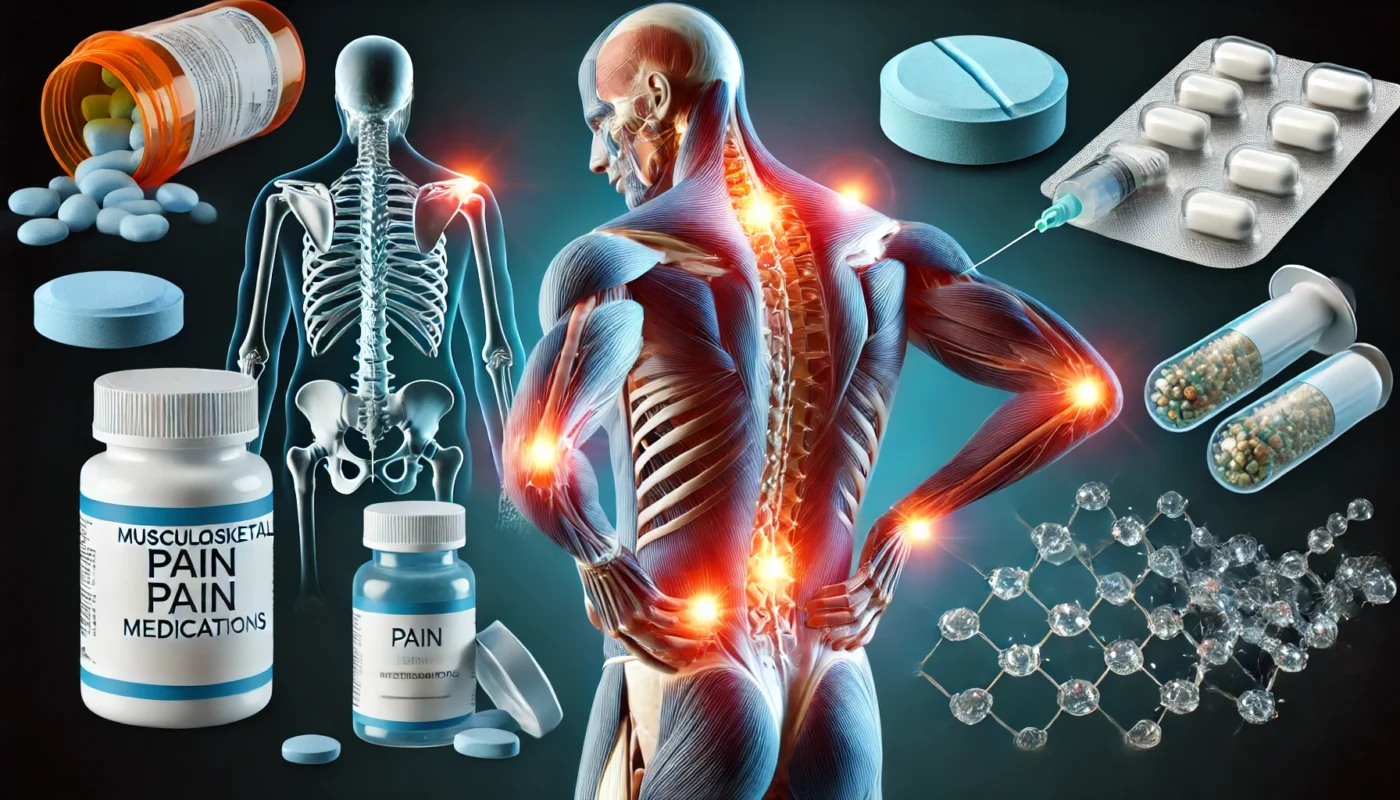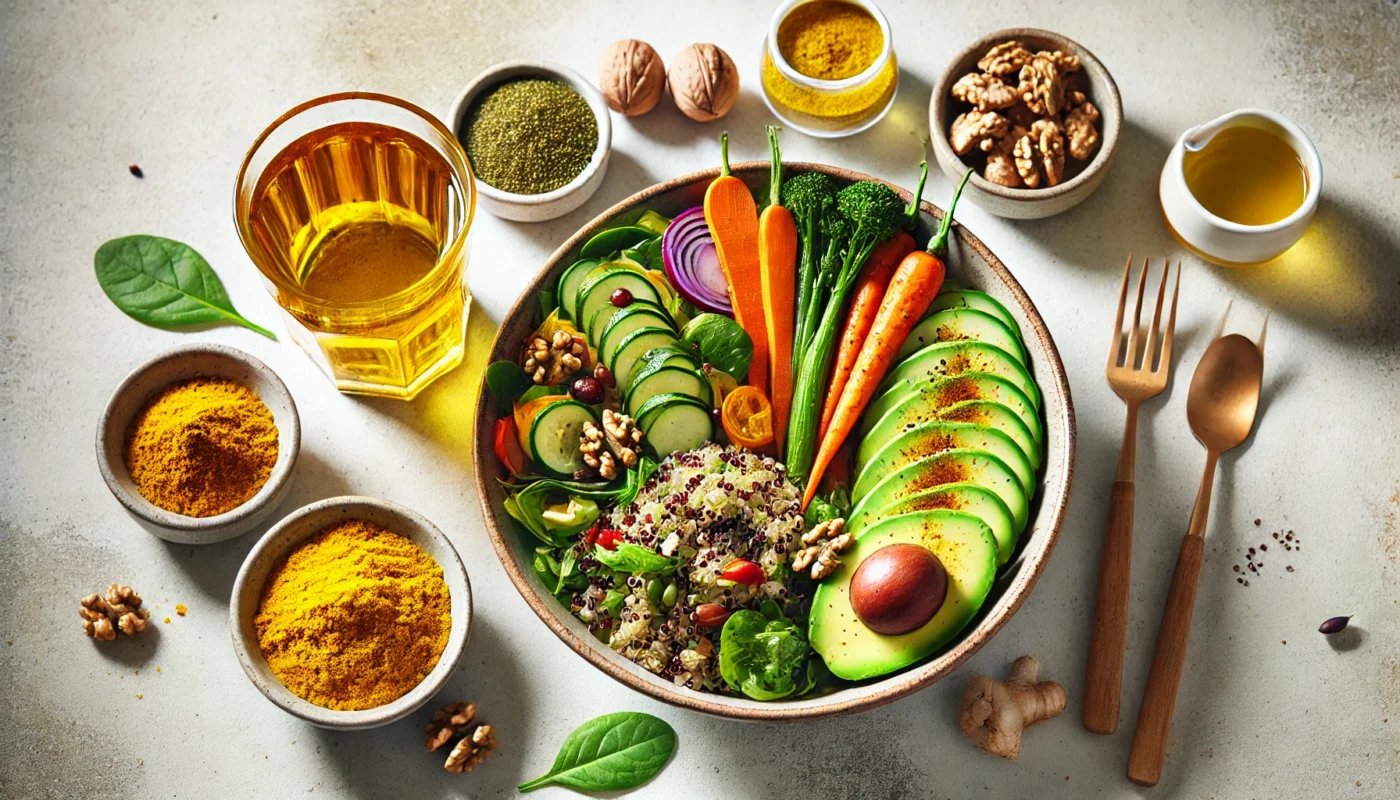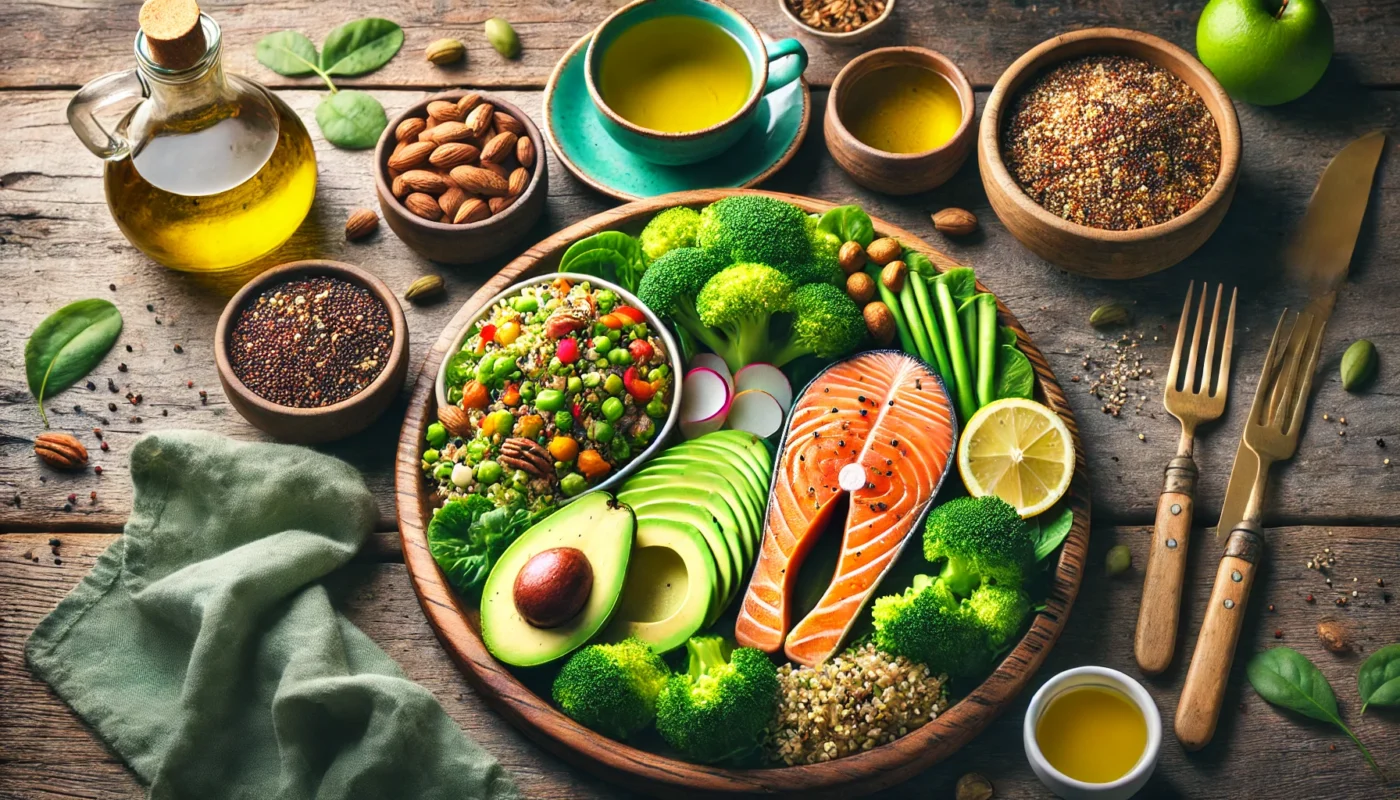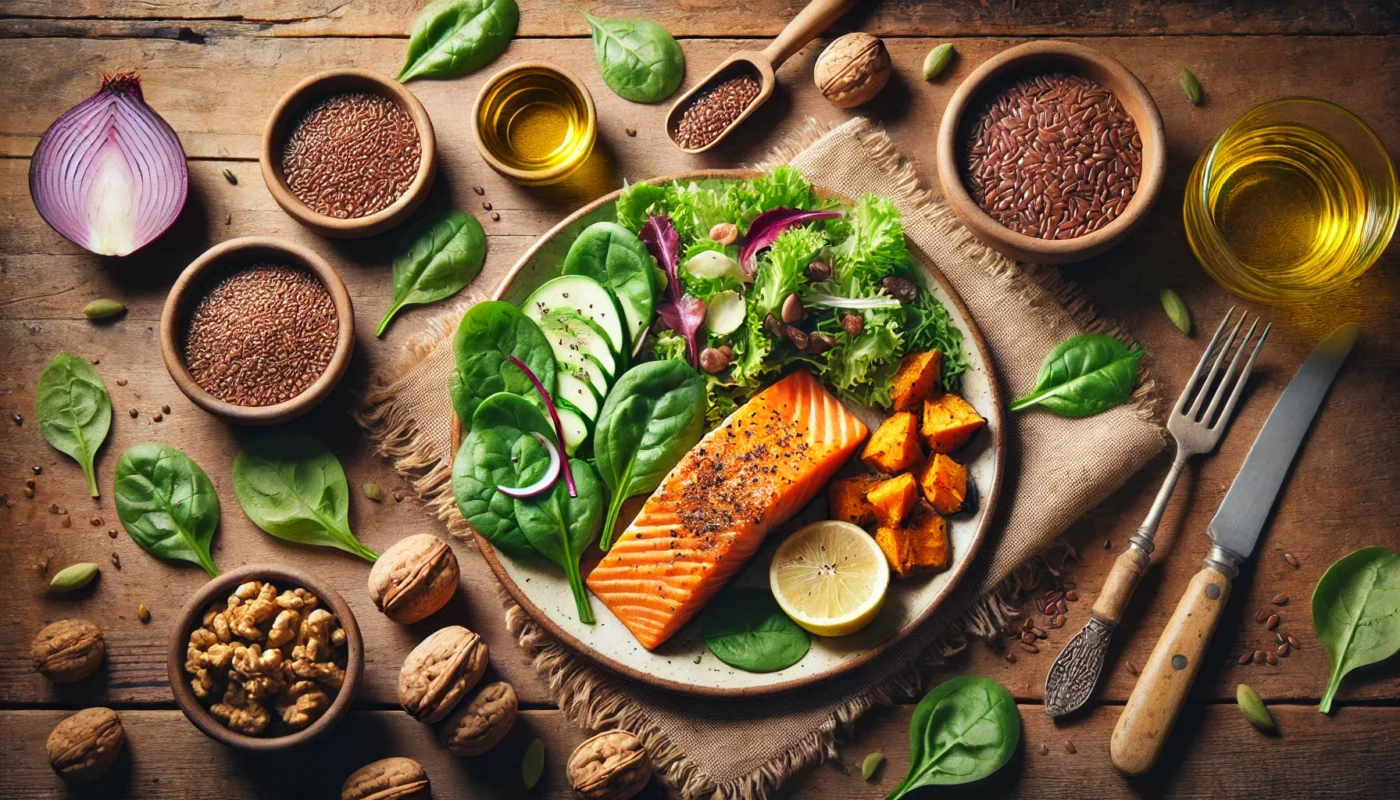Musculoskeletal pain affects the bones, muscles, ligaments, tendons, and nerves. It can manifest in various forms and intensities, making it essential to identify the underlying causes and appropriate treatments.
Tag Archives: anti-inflammatory diet
Alternative medicine encompasses a wide range of practices that fall outside conventional medical treatments. These methods focus on treating the whole person—mind, body, and spirit—rather than just the symptoms of the disease. When it comes to pain management, alternative treatments can include physical, psychological, and nutritional strategies.
Oxycodone is a potent opioid analgesic, commonly prescribed for managing moderate to severe pain. It works by binding to the mu-opioid receptors in the brain, altering the perception of pain and emotional response to it. As effective as it is, Oxycodone is not without its risks, including potential dependency and a host of side effects ranging from dizziness to respiratory depression.
Back pain is a common affliction that affects millions of people worldwide, often disrupting daily life and reducing overall well-being. Whether you’re a fitness enthusiast striving to maintain optimal performance, a health enthusiast seeking holistic solutions, or a medical patient managing chronic pain, understanding the best tools to alleviate back pain can be transformative.
The opioid epidemic has highlighted the dire need for safer, non-addictive alternatives in pain management. While opioids can be highly effective, their potential for addiction and side effects necessitates a more cautious approach. This shift is driving healthcare providers to explore and integrate alternative methods that can be employed in emergency settings.
Before diving into the specific foods to avoid, it’s important to understand how diet influences arthritis. Certain foods can trigger inflammation, a key factor in arthritis flare-ups. By identifying and eliminating these foods from your diet, you can potentially reduce inflammation and alleviate joint pain.
Inflammation is a natural immune response, but chronic inflammation can lead to a variety of health issues, including arthritis. When inflammation persists over time, it can cause damage to healthy tissues, contributing to the development and progression of arthritis. Understanding the biochemical pathways of inflammation can help in identifying the dietary triggers that exacerbate arthritis symptoms.
Certain foods can either promote or reduce inflammation. Pro-inflammatory foods can lead to the production of substances in the body that worsen inflammation, while anti-inflammatory foods can help reduce these substances. By making conscious dietary choices, individuals can manage their inflammation levels, potentially reducing arthritis-related pain and discomfort.
In the quest for optimal health and wellness, dietary choices play a pivotal role. For those inclined towards holistic and alternative health approaches, adopting an anti-inflammatory vegan diet can offer numerous benefits. This dietary pattern not only emphasizes plant-based foods but also aims to reduce inflammation, a contributing factor in many chronic diseases. Let’s delve into the advantages of this dietary lifestyle and explore how it can enhance your overall well-being.
Inflammation is the body’s natural response to injury, infection, or harmful stimuli. In short-term scenarios, it’s a beneficial process that promotes healing and recovery. However, when inflammation becomes chronic, it can lead to various health issues. Chronic inflammation is often subtle, quietly affecting the body’s systems over time, and can be influenced by lifestyle factors, including diet.
Stomach inflammation, medically known as gastritis, occurs when the stomach lining becomes irritated, leading to discomfort and other digestive issues. It can result from various factors, including infection, chronic use of NSAIDs, alcohol consumption, and autoimmune diseases.
Inflammation is a natural defense mechanism used by the immune system to protect the body against harm, such as infections or injuries. However, when inflammation becomes chronic, it can lead to various health issues. One of the key triggers of chronic inflammation is diet. Certain foods can provoke an inflammatory response, leading to long-term health consequences.










